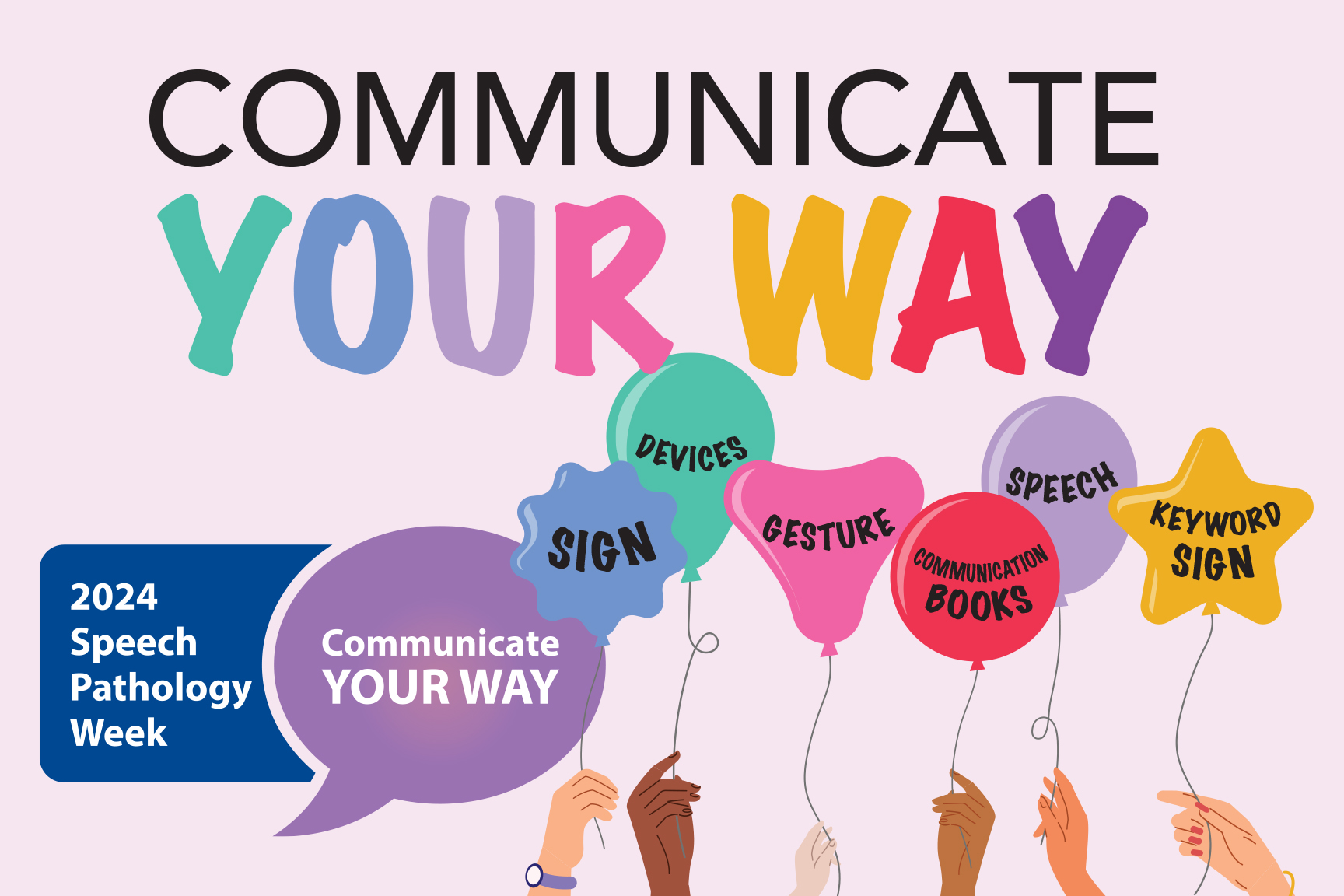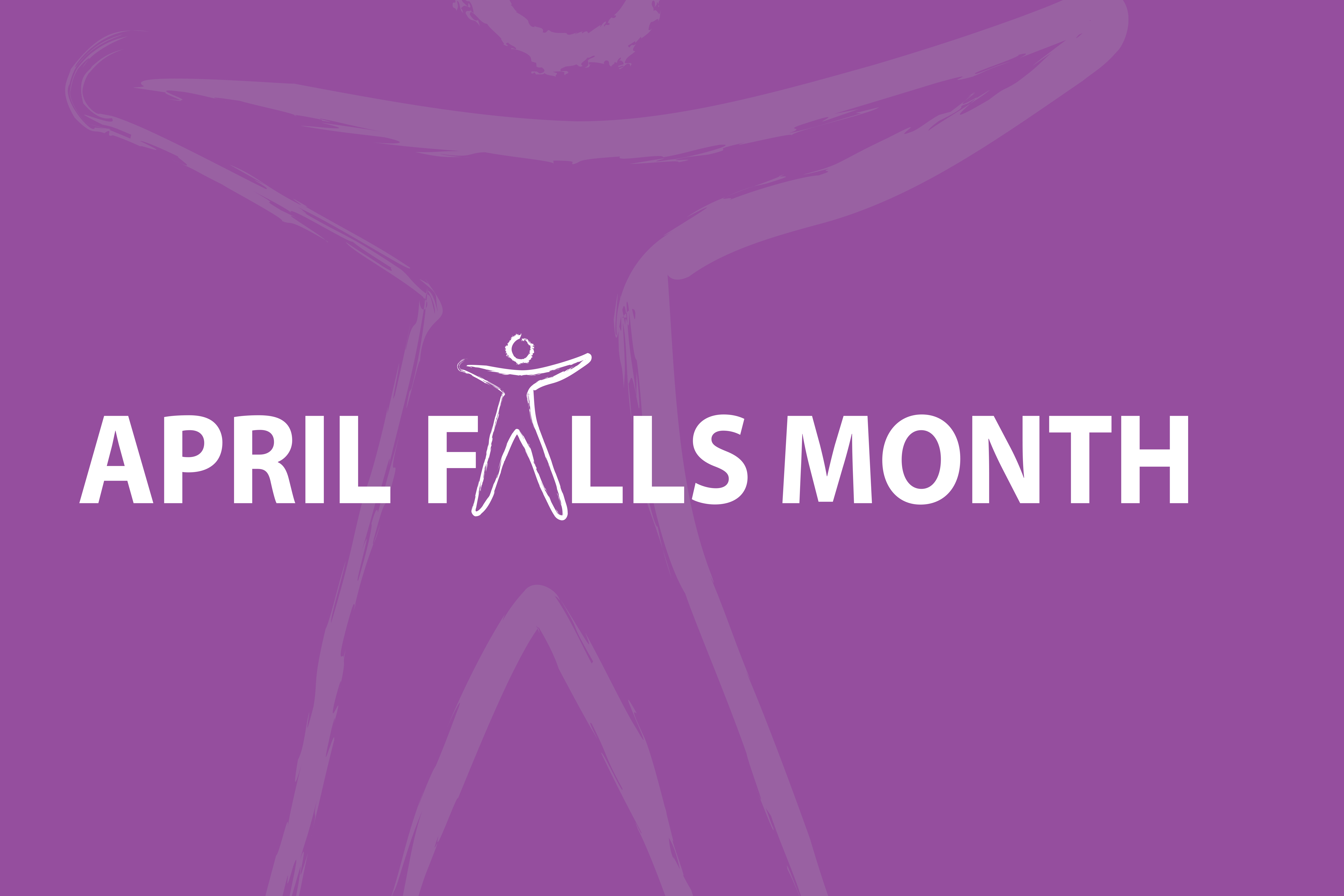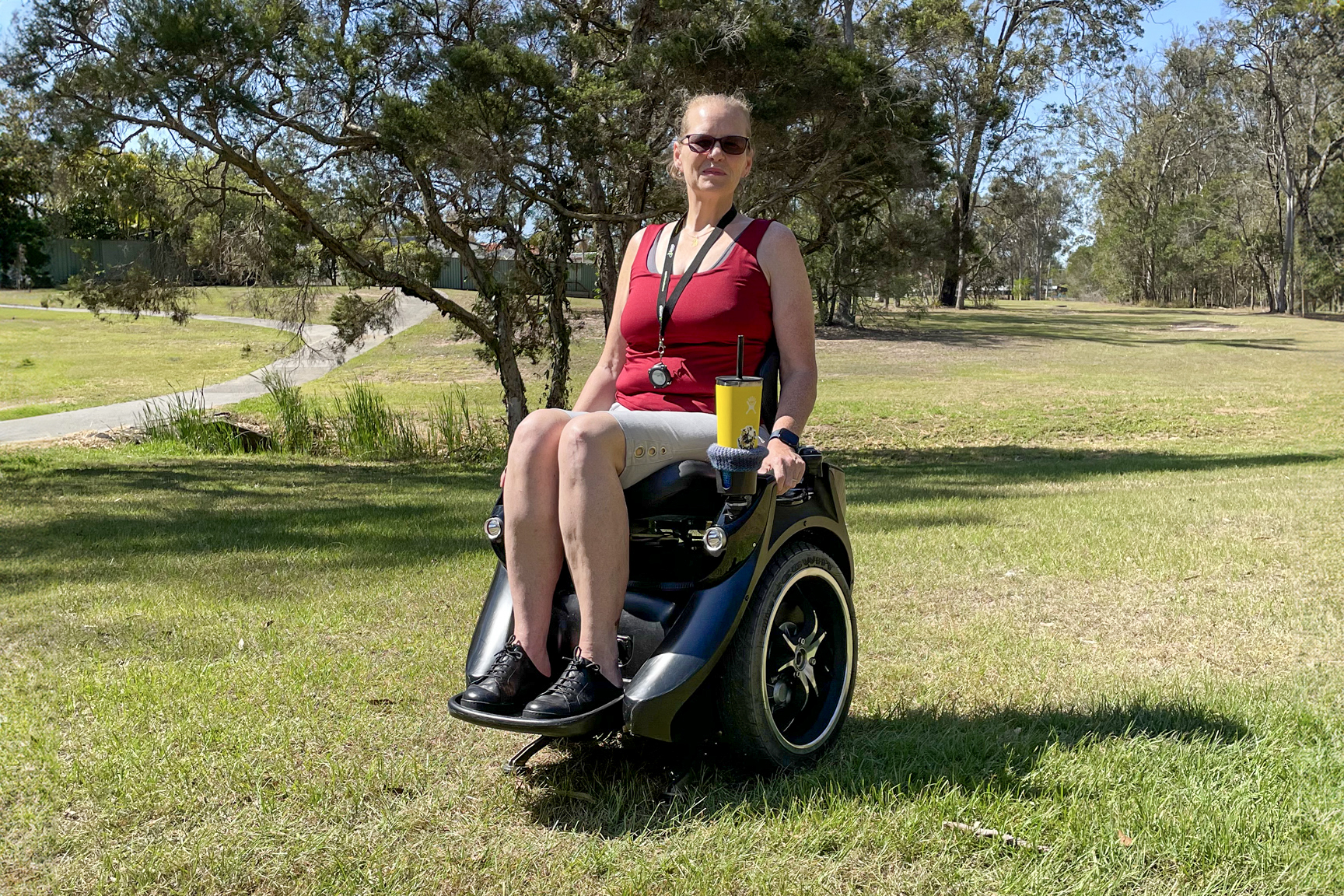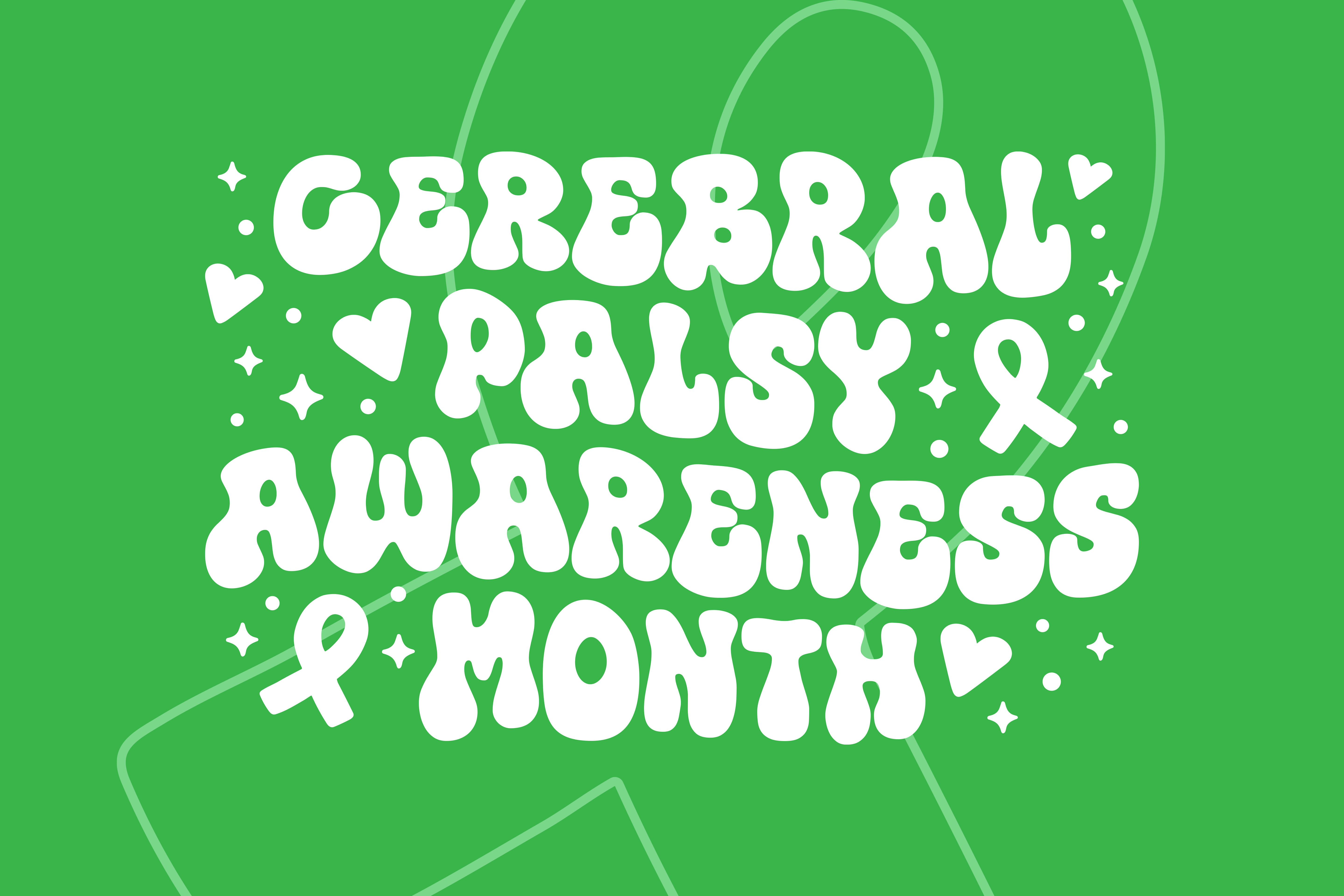26 August, 2024
Supporting People to Communicate Their Way

Communication is an important part of everyday life and as people, we communicate in many different ways. With the focus of this year’s Speech Pathology Week being “communicate your way”, we thought it was important to highlight the many ways people can communicate. Whilst spoken language is commonly used for communication, some individuals use Augmentative and Alternative Communication (AAC) to support and enhance their communication. This article explores different communication methods and types of AAC, highlighting how these tools can empower individuals to communicate more effectively.
Whilst spoken language is a common way people communicate with each other; AAC involves a broad range of tools and techniques that support communication in many different people (in Australia over 1.2 million people need support communicating). Some forms of AAC include:
- Sign Language: A complete language that uses hand movements and positions to communicate. There are many different forms and types of sign language including Auslan and key word sign.
- Gestures: Non-spoken cues or hand signals that can convey specific meanings. We often see babies and younger children communicating with gesture, but also waving at a friend is a great example of a gesture used for communication.
- Facial Expressions and Body Language: These can support understanding emotions and often accompany other forms of communication.
- Picture Exchange Systems: Systems like PECS (Picture Exchange Communication System) use pictures or symbols to represent words or ideas.
- Communication Boards: Boards with symbols, letters, or words that individuals can point to in order to communicate.
- Speech-Generating Devices: Devices that generate spoken language based on a person engaging with the device, this can be through touch screens, switches, or eye-tracking.
When choosing a form of AAC, a speech pathologist will trial different forms of communication and work closely with the person, their family, familiar communication partners and anyone else who can support communication. The choice of AAC method depends on individual needs, preferences, and abilities. Here’s how different forms of AAC can be used in practice:
- Children with Speech Delays: Young children who are developing language skills might use picture boards or simple speech-generating devices to express their needs and preferences. These tools help in building communication skills and providing a bridge to more complex language use.
- Individuals with Physical Disabilities: People with conditions such as cerebral palsy or muscular dystrophy might use technology based AAC devices that can be controlled with minimal physical effort. Eye-tracking devices or switch systems enable communication for those with impaired motor control.
- Adults with Aphasia: Adults who have experienced stroke or brain injury leading to aphasia (a language disorder) might use AAC to assist in both spoken and written communication. These tools can help people regain or maintain their ability to communicate effectively.
- People with Hearing Difficulties and the Deaf Community: Sign language and other visual communication methods are crucial for this community.
- Neurodivergent Individuals: Many neurodivergent individuals use AAC to facilitate communication. These tools can help in expressing emotions, making choices, and engaging in social interactions in a safe and enjoyable way.
Everyone has the right to communication and whether it is through spoken language, auslan, a speech-generating device or other form of AAC, it is important to understand that “communicating your way” is the best way! AAC can transform communication, enabling people to express themselves more fully and engage more meaningfully with others. AAC supports not only functional communication but also social interaction, personal autonomy, and inclusion. With so many ways to communicate, we can support everybody in finding an engaging and enjoyable way to communicate with others.


